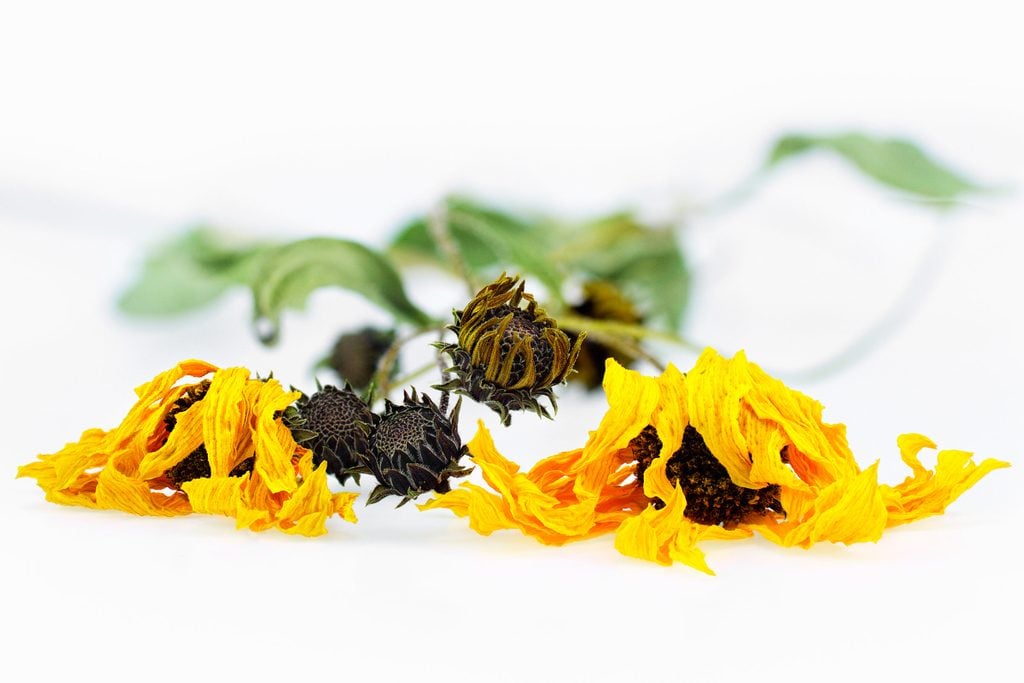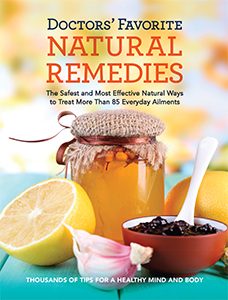Benefits of Arnica: The Anti-Inflammatory Herb That Heals Bruises
Updated: Jun. 22, 2016
Here's how arnica can help you feel better, and some precautions to make sure you take it safely.

Preparations made from the yellow flowers and root of Arnica montana have been used for centuries to treat bruises, sprains, muscle pain, and other disorders. The German poet Johann Wolfgang von Goethe reputedly took arnica tea to cure chest pains. No modern practitioner would suggest that, as arnica can be poisonous and should not be taken by mouth, except in highly diluted homeopathic form.
How Arnica Works
The plant contains anti-inflammatory chemicals called sesquiterpene lactones, which help to reduce swelling, and flavonoids, which strengthen blood vessels reducing the leakage of blood under the skin that occurs with bruising. In German laboratory research, a tincture of arnica flowers was shown to suppress two enzymes in joint cartilage that contribute to the swelling and joint damage seen in osteoarthritis and rheumatoid arthritis.
Helenalin, the most powerful of the plant’s sesquiterpene lactones, has also been studied in the laboratory for its antitumor effects and its potential to combat the bacterial infection Staphylococcus aureus.
Human research, although not always consistent, supports the plant’s traditional role for treating bruises, strains, and sprains. One 2010 study concluded that a 20 percent topical arnica preparation was more effective than a vitamin K formulation for reducing bruising. An earlier 2008 study found it as effective as ibuprofen gel for treating osteoarthritis of the hand.
For reasons that scientists find harder to explain, homeopathic arnica has been shown to reduce muscle soreness in marathon runners; in other research homeopathic arnica cream helped athletes with sports injuries recover faster. Taking homeopathic arnica has also proved effective for reducing postoperative swelling and bruising in patients undergoing cosmetic surgery.
How to Use Arnica
Arnica gels, ointments, and creams can be applied to the skin as directed, while tinctures can be used in compresses and poultices. Take homeopathic arnica as advised by your practitioner or according to the label instructions.
Safety first
Arnica should not be taken internally (except in homeopathic form). Don’t use arnica on broken skin or on an open wound. Topical arnica may irritate the skin if used long term and can trigger allergies in susceptible people. If pregnant or breastfeeding, consult your doctor before using arnica in any form.
Where to Find Arnica
Arnica preparations are available in health food stores and pharmacies or from a qualified homeopath.

Get More Natural Remedies Doctors Approve!
The book Doctors’ Favorite Natural Remedies offers effective ways to treat more than 85 health conditions and evaluates the most commonly used alternative therapies and supplements. Learn more and buy Doctors’ Favorite Natural Remedies here.